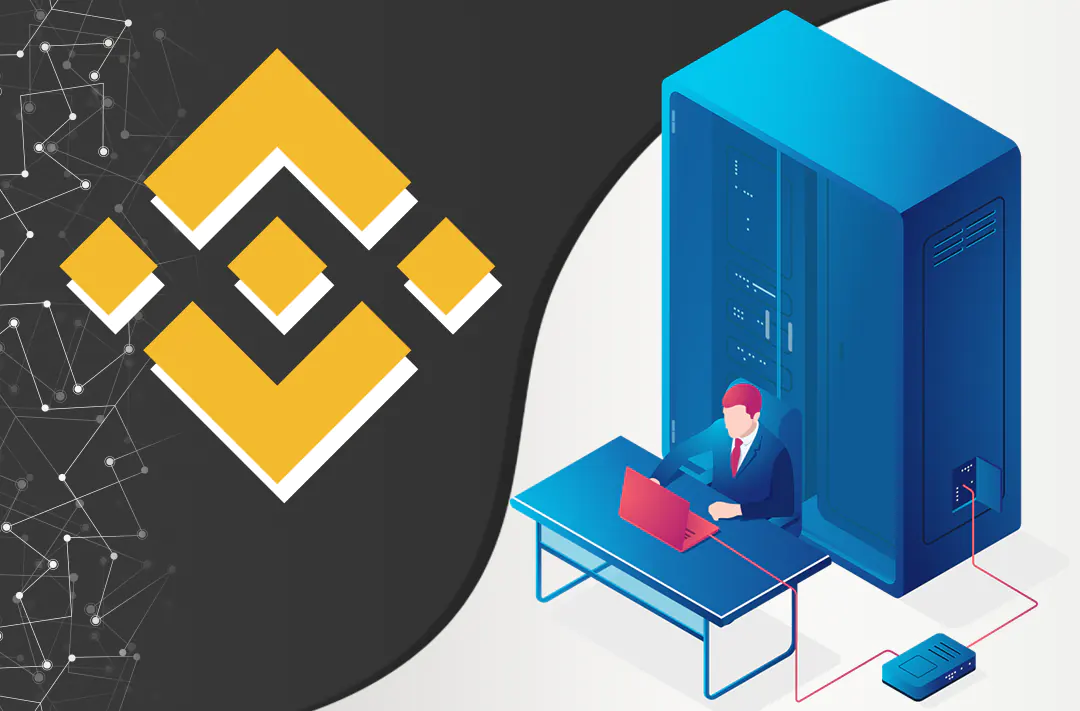Binance to launch its manipulation prevention tool for spot trading
The Self-Trade Prevention function automatically blocks the execution of a trade where both parties are the same trader

25.01.2023 - 14:00
635
2 min
0
What’s new? On January 26, crypto exchange Binance will launch the Self-Trade Prevention (STP) function for spot trading. STP will provide users with tools that will eliminate the possibility of matching and executing orders of the same trader. The function will also allow users to run trading strategies with a guarantee of no “self-trading” and save on fees for unnecessary trades.
Self-trading happens when a user or a group of related users trade with themselves. When self-trading is done intentionally to create an illusion of trading activity, it can be considered a form of market manipulation. In this, not all self-trades are deliberate or intentional. Some users, running a number of different strategies simultaneously, may end up having two of their own orders matched by accident.
What else is known about STP? The function will allow Binance API users to set protections that will prevent any of their orders from matching each other. Without STP, there is the possibility of unintentional trading with oneself. For example, when separate trading units of the same firm, using different strategies but the same account, accidentally post orders that trade with each other. In such cases, the STP function will automatically block the execution of the trade.
Traders find it difficult to coordinate trading strategies in the market, so some traditional and crypto exchanges offer the Self-Trade Prevention function to assist their clients, Binance noted.
The blog also highlights that Binance’s market surveillance team closely monitors activity to identify deliberate self-trading and any other forms of market manipulation. In addition, Binance has extensive tools to track illegal transactions and investigate violators.
Earlier, crypto exchange Huobi also announced that it would crack down on “rat trading,” which is designed to artificially inflate demand for an asset in order to increase its value.
In October, BanklessTimes reporters said that fake BTC transactions in 2022 exceeded 51% of the asset’s total daily trading volume on exchanges. A significant part of them was so-called “wash trading” aimed at increasing the price of the asset. Forbes also reported that Bitcoin platforms overestimate bitcoin trading volumes and have little control over “wash trading.”
Useful material?
Incidents
This status has been maintained for the first cryptocurrency since September 2021 but was canceled due to pressure from the IMF
Feb 3, 2025
Market
The Taproot Assets network will be used for the integration
Jan 31, 2025
Market
The index has grown by more than 535% over the entire period
Jan 30, 2025
Trends
As of January 21, the capitalization of this sector of the crypto market exceeds $519 billion
Jan 21, 2025
Market
The platform generated $9,5 million in revenue during the same time
Jan 20, 2025
Market
Shares of the Trust are designed to track the market price of XRP with fewer fees and expenses
Jan 17, 2025









 Telegram
Telegram  Twitter
Twitter